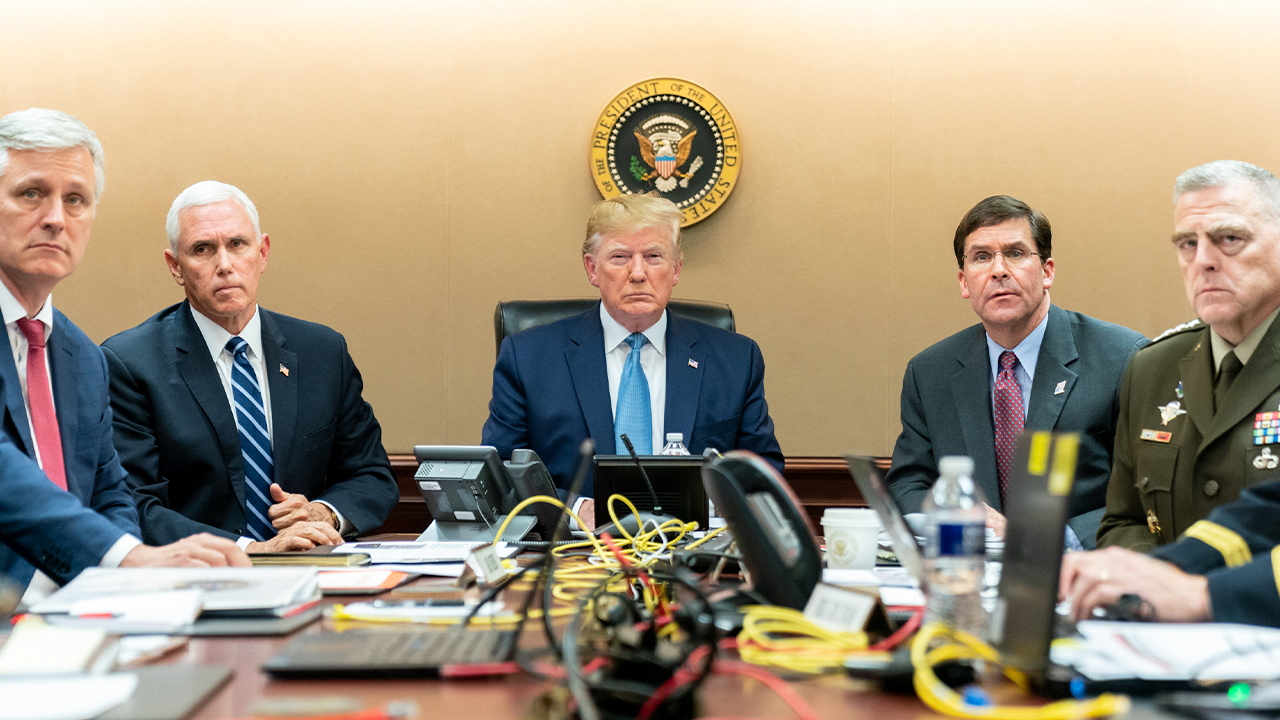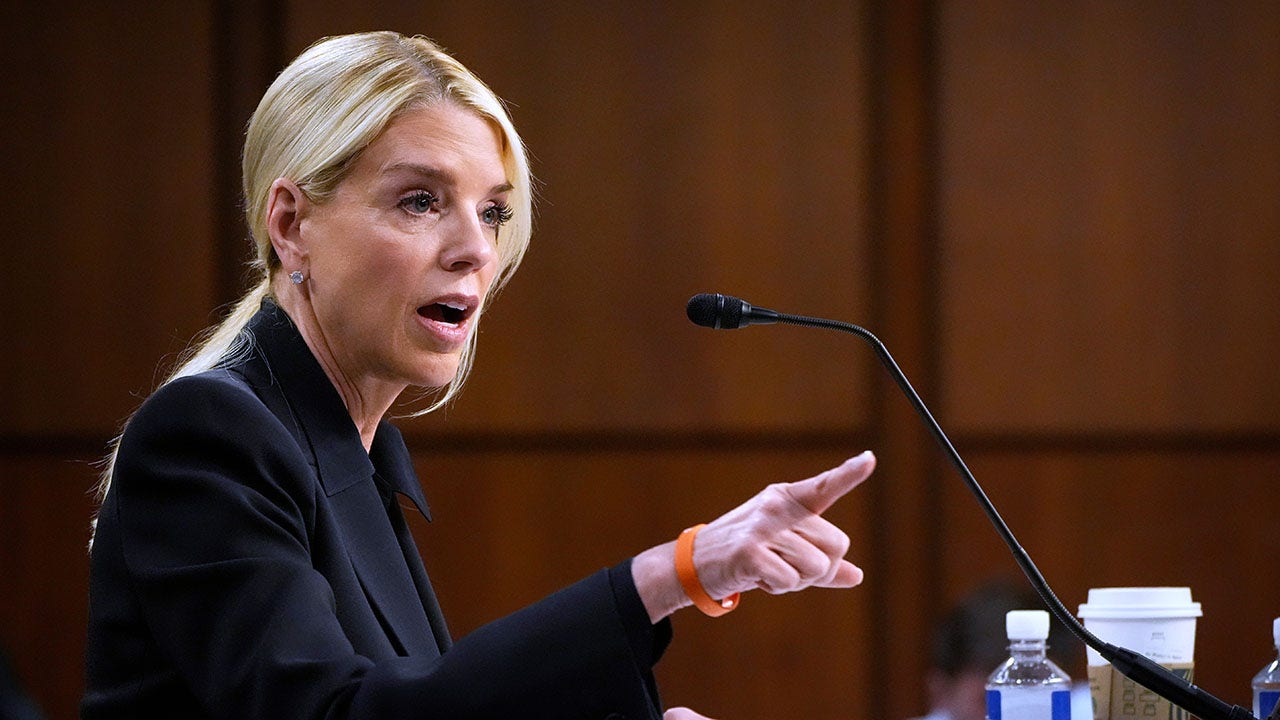Trump holds multiple Situation Room meetings on Iran-Israel conflict

President Donald Trump has been making multiple appearances in the West Wing’s Situation Room in recent days as tensions with Iran continue to rise. The U.S. is considering launching its own attacks on the Islamic Republic amid concerns that Iran is moving closer to developing a nuclear weapon.
In a press conference on Wednesday, Trump expressed his willingness to strike Iran, stating, “Yes, I may do it. I may not do it. I mean, nobody knows what I’m going to do.” He emphasized that Iran is facing significant trouble and is open to negotiation. However, he questioned why Iran did not negotiate with the U.S. earlier to avoid the current cycle of death and destruction.
Former administration officials, including Kayleigh McEnany and John Bolton, shed light on the gravity of the Situation Room meetings. McEnany, who served as the previous Press Secretary under the first Trump administration, recalled the heroic operation that led to the killing of Osama bin Laden and likened the current decisions being made in the room to those historic moments.
The Situation Room, a high-tech complex within the White House, was commissioned by President John F. Kennedy in 1961 for crisis management purposes. It has since been renovated and serves as a critical space for top-level discussions and decision-making.
Trump has held several meetings in the Situation Room in recent days, receiving intelligence briefings with top national security advisers. The administration is grappling with escalating tensions with Iran and the potential for military action.
According to Bolton, there are two types of top-level meetings held in the Situation Room. Principals meetings involve Cabinet secretaries and are chaired by the national security advisor, while National Security Council meetings are chaired by the president himself. These meetings provide a platform for in-depth discussions, analysis, and decision-making on critical national security issues.
McEnany, who was at the forefront during the COVID-19 pandemic, highlighted the importance of the Situation Room in making critical decisions during a crisis. The room serves as a hub for information sharing, deliberation, and decision-making with the president present for key discussions.
Press secretaries typically do not attend high-profile National Security Council meetings in the Situation Room but have access to updates from senior officials. The tone in the room changes when the president is present, signaling the gravity of the discussions taking place.
As the U.S. weighs potential actions against Iran, the Situation Room remains a central space for high-stakes deliberations involving top national security officials. The decisions made in these meetings could have far-reaching implications for U.S. foreign policy and national security.




